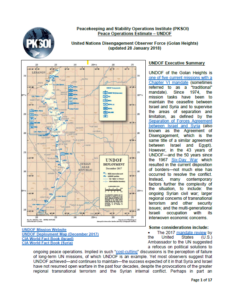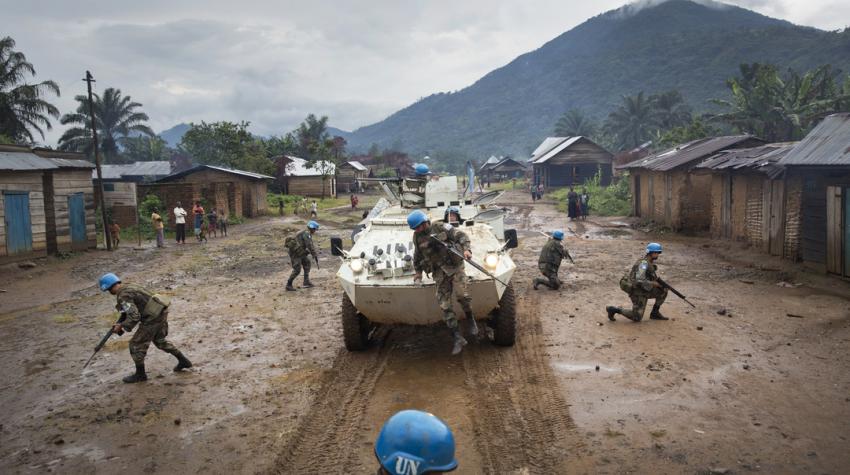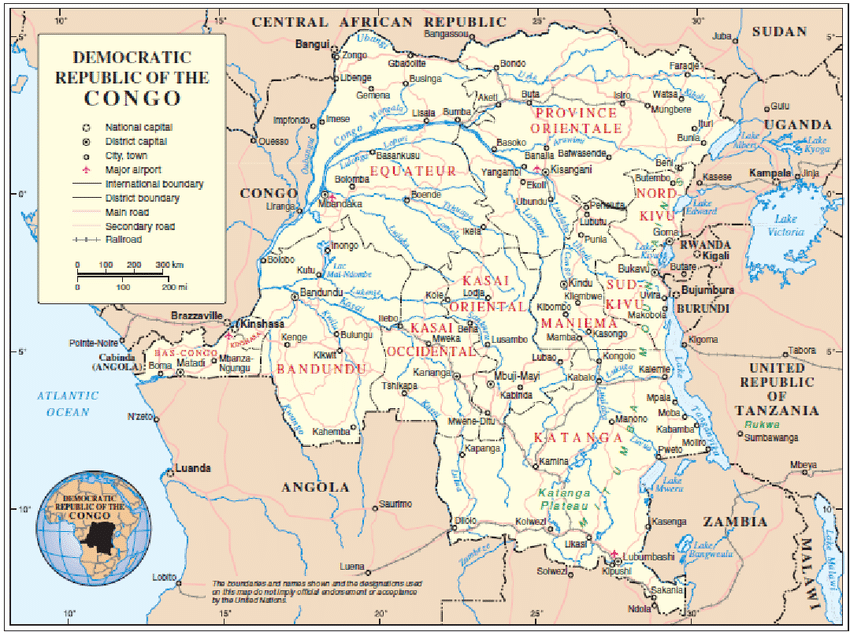Peacekeeping and Stability Operations Institute (PKSOI)Peace Operations Estimate – UNDOF

UNDOF Executive Summary
UNDOF of the Golan Heights is one of five current missions with a Chapter VI mandate (sometimes referred to as a “traditional” mandate). Since 1974, the mission tasks have been to maintain the ceasefire between Israel and Syria and to supervise the areas of separation and limitation, as defined by the Separation of Forces Agreement between Israel and Syria (also known as the Agreement of Disengagement, which is the same title of a similar agreement between Israel and Egypt). However, in the 43 years of UNDOF—and the 50 years since the 1967 Six-Day War which resulted in the current disposition of borders—not much else has occurred to resolve the conflict. Instead, many contemporary factors further the complexity of the situation, to include: the ongoing Syrian civil war; larger regional concerns of transnational terrorism and other security issues; and the multi-generational Israeli occupation with its interwoven economic concerns.
Click on the links below to read more or to download this publication:


















